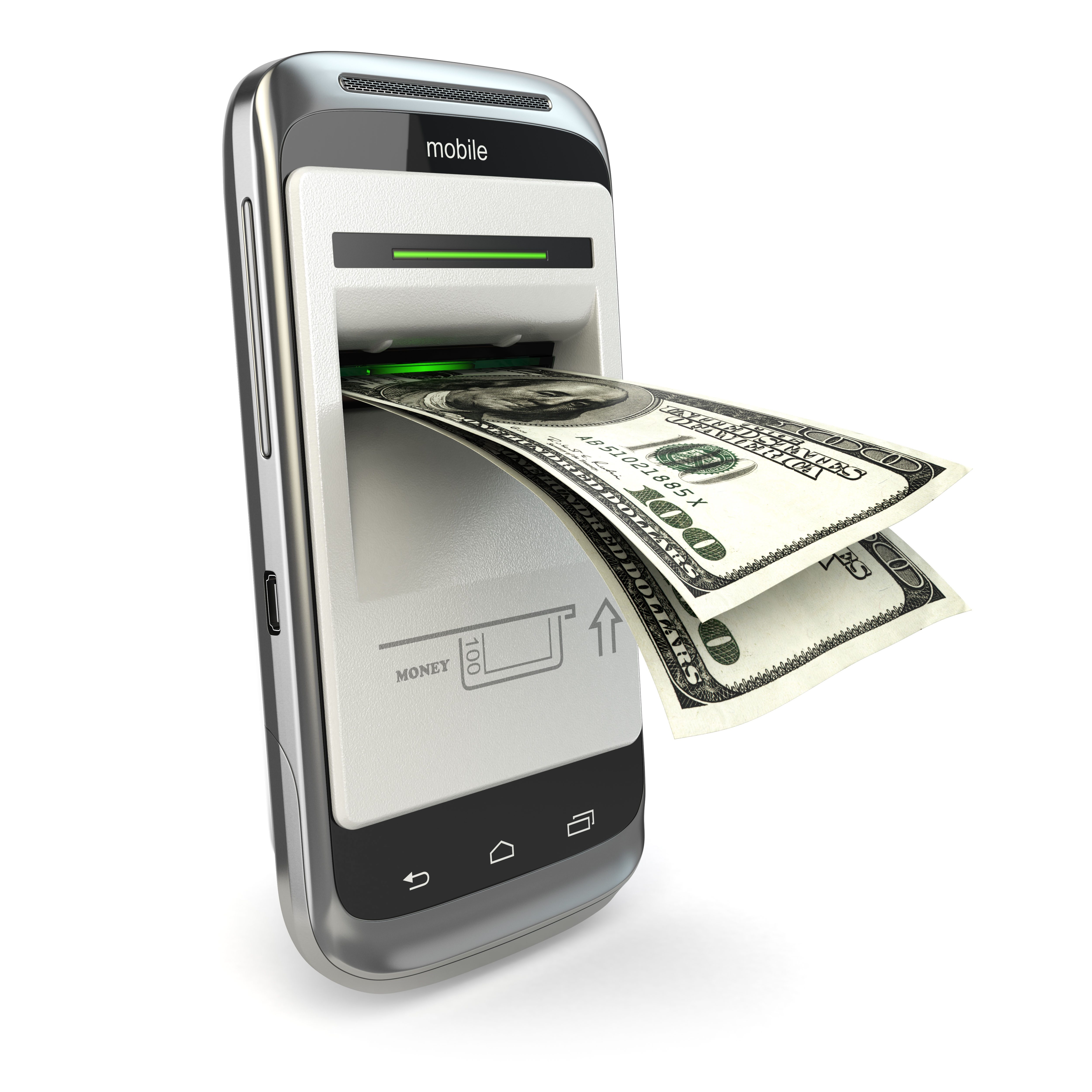Recently I wrote a report regarding the use of cash as a part of the mix of payments that consumers in the U.S. use, and the related need for surcharge free ATMS. A link to the report can be found here. Outside the U.S. there is a decidedly different approach to cash, with some countries taking steps to discourage its use. The Irish Times reported on the use of cash and the ability for consumers to use digital payment forms instead of cash:
In the race to become a cashless society, the Scandinavians are leading the charge. Swedish buses don’t take cash, shops are legally entitled to refuse notes and coins, while churches give out their mobile numbers, rather than collection baskets, so that parishioners can contribute via their phones.
The article further reports on the experiences of one an individual who attempted to not use cash for a month, and found that while possible, there were downsides:
While there are many proponents of going cashless, there are also concerns. On the one hand, retailers can reduce employee time and payroll costs by eliminating cash registers and trips to the bank – never mind the risk of fraud or theft – but on the other, retailers pay a fee every time a customer swipes a card. So if they are handling more payments via card/smartphone, their transaction costs may rise and that cost may be handed back to the consumer in higher prices.
And what about builders and their so-called “cash prices”? While the absence of cash must be music to the ears of the Revenue Commissioners, and may make tax evasion impossible, consumers may again end up paying more.
Overview by Sarah Grotta, Director, Debit Advisory Service at Mercator Advisory Group
Read the full story here











